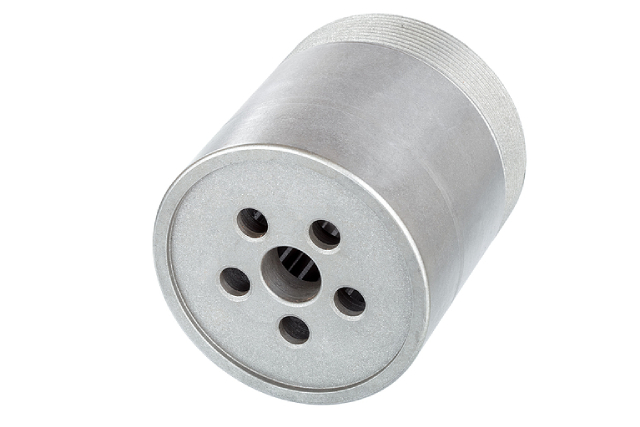Piston Pump And Plunger Pump: An Overview Of How They Differ

The terms piston pumps and plunger pumps are often used interchangeably, given that the two share many similarities beyond being positive displacement pumps. However, their minute differences are significant regarding the desired price, performance, and longevity. Below, we outline the definitions between the two pumps and the aspects in which they differ.
Piston Pumps vs Plunger Pumps
Piston pumps use a reciprocating rod or piston that forces liquid into a set of valves by moving back and forth. The seal on a piston pump is connected to the piston itself, which means it moves simultaneously with it inside the cylinder housing.
On the other hand, plunger pumps also use a rod known as a reciprocating plunger that moves back and forth to suck in and force liquids via inlet and outlet valves. Plunger pumps use a high-pressure stationary seal attached to the cylinder housing.
The Differences Between the Two Pumps
The main difference between the piston pumps and plunger pumps is the location of their O-rings or seals. In other words, the seal is mobile on piston pumps and stationary on plunger pumps. How do these differences affect the performance of the two pumps? The following are the key areas where this design contrast can significantly impact.
Durability and materials
DfM (Design for Manufacturability) plays a role in figuring out a pump’s design durability, and even more so when determining the areas where each material can be used. The material that makes up the housing of the pump and its reciprocating piston or plunger has the greatest impact. Operators generally want components with a high potential to wear down to be as sturdy as possible to avoid scratching and prevent the seal from breaking.
Ceramic is one such material that does not wear out over time, boasts great chemical compatibility, and can be further polished to have a smooth and consistent surface ideal for making tight seals. The main issues with ceramic are its low tensile strength and sturdy compression strength. The former means it has poor resistance against bending or being pulled apart, while the latter means it highly resists being pushed.
In plunger pumps, this matters as the plunger must be sealed against the cavity wall and thus needs to be made from a hard material. This is the opposite in piston pumps, where the cavity wall must be sealed against the piston with the O-ring, so they need to be strong.
Fabricating ceramic into thin, tubular cavity walls with a perfectly consistent and smooth inside is more complex than making the outer surface of a plunger with the same properties. The poor tensile strength of ceramic would mean it is prone to quickly crack and cause pump failure even if it were to be achieved.
Pressure capabilities
A reciprocating rod within a piston or plunger pump must be sealed against the cavity wall to avoid losing compression. Since the seals of the latter are not attached to a rod, they allow for higher pressure output and less friction. If the seal is connected to a moving part, like in a piston pump, the dynamic sliding motion along the housing walls leads to less pressure.
This is because in a piston pump, pushing forward the sealed rod leads to friction that causes a pushback against the seal, making it react in the opposite direction. As a result, the pump has to work harder to get more pressure.
In contrast, a plunger pump with its reciprocating rod not attached to the seal sees less friction, resulting in a smoother sliding motion as the friction and the movement of the plunger go in the same direction. The pressure in the opposite direction also helps cancel one another. The reduced friction means less work for the motor to reach higher pressures.
Maintenance
Most piston pumps need regular oil baths, with some models having a secondary oil pan or oil reserve with a wick for lubricating the back of the pistol seal. These pans need constant refill and maintenance to ensure optimum pump performance. In many plunger pumps, this oil is held in a sealed chamber and thus does not have oil reservoirs that need to be refilled or drained.
Costs
A simple design with fewer moving parts generally means lower costs. In general, plunger pumps have much cheaper up-front costs than piston pumps in terms of similar performance. This lower cost also extends to the total cost of ownership, especially when including repairs, maintenance, and replacements over time.
Conclusion
Despite the similarity in their core mechanics, the subtle differences between piston pumps and plunger pumps can significantly impact an operator’s intended application. As such, similar to any other industrial equipment like magnetic pumps in Singapore, it is vital to learn the inner workings of each component and how they compare to their near equivalent to determine the best choice for the job.
If you're in the market for a new pump, we are here to help! At Winston Engineering, we offer various efficient and user-friendly pumps and a versatile and reliable solution for a wide range of compressors in Singapore. Contact us today for any queries about pump solutions.

